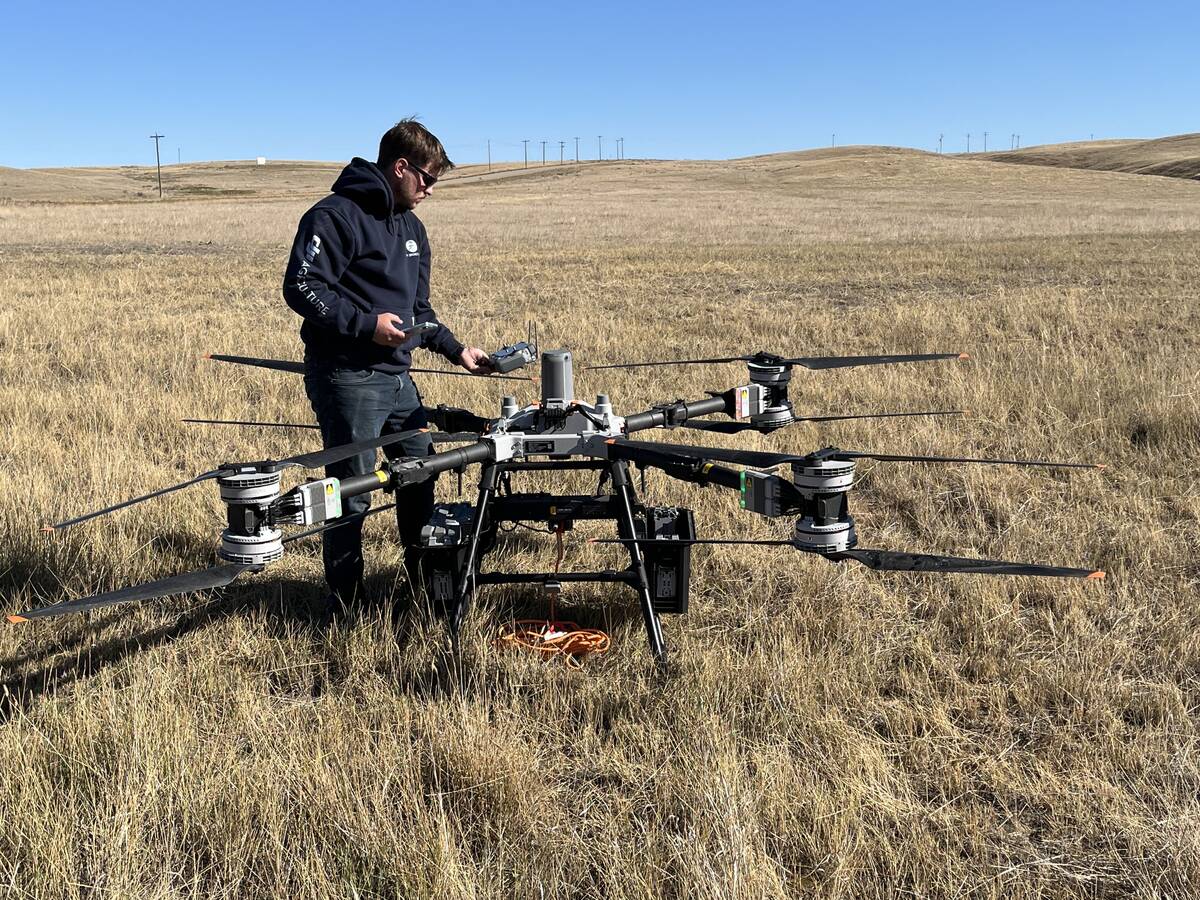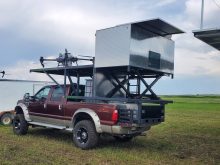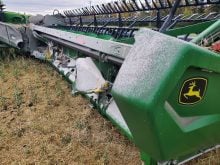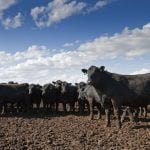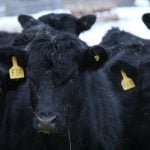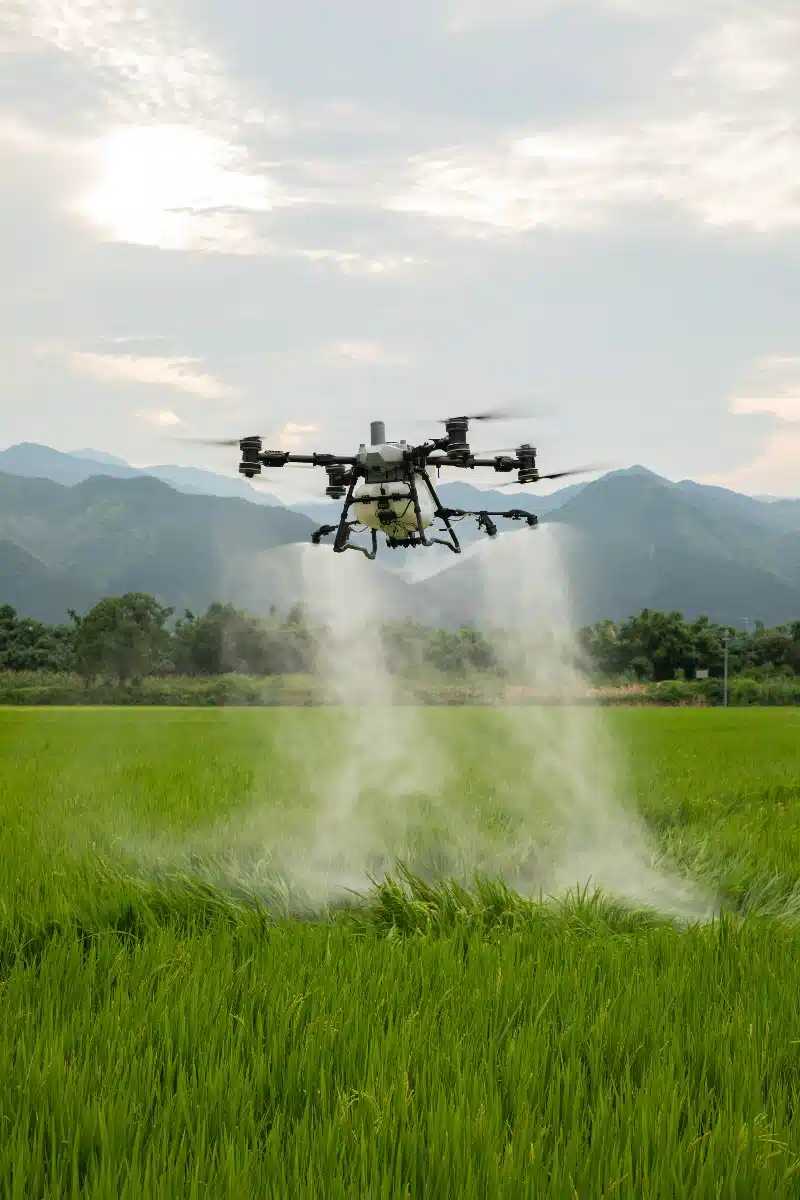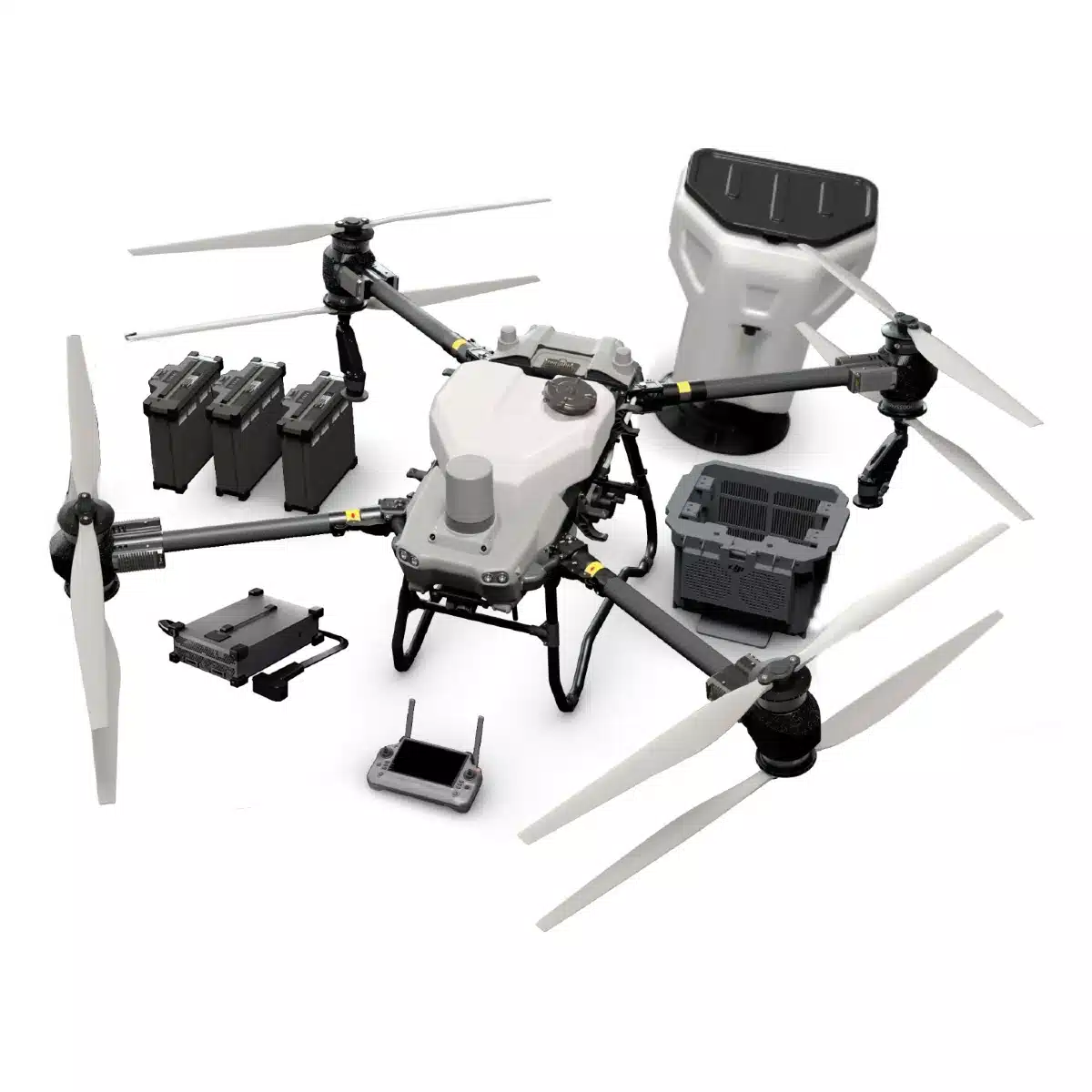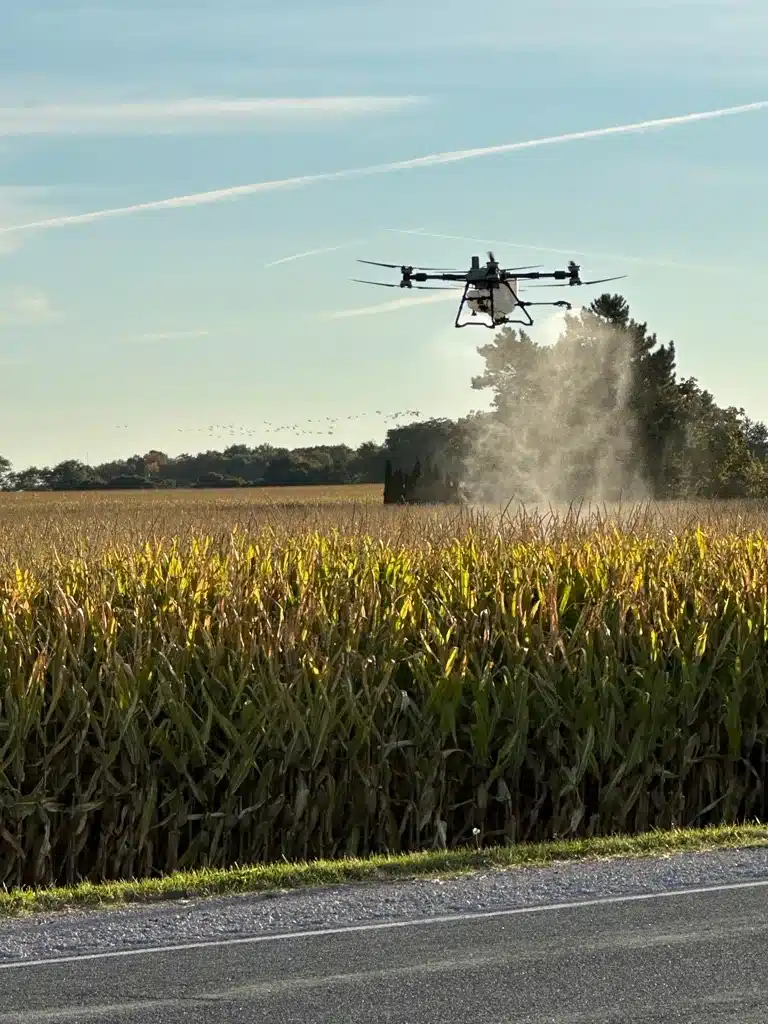Those attending the recent Innovation on the Range field day near Bow Island, Alta., got to see firsthand the unveiling and demonstration of DJI’s AGRAS T100 agricultural drone.
The company skipped a few generations from its previous T50 model to address the specific needs of western Canadian farmers.
‘We went straight to the biggest drum. The reason for this is because Canada is unlike any other country, where we have a majority of our land here is all flat. It’s big, open and flat. Of course, we do have a lot of hilly coulees, and B.C. has orchards or small, irregular shaped fields,” said Loren Ginn, area development manger for Sky Drones Inc., a distributor of DJI Agriculture.
Read Also

Alberta agriculture minister faces recall petition
The number of approved recall petitions has risen to nine for Premier Danielle Smith’s United Conservative Party caucus after Monday’s confirmation to Alberta’s chief electoral officer.
Equipped with a 100-litre tank, the drone supports workloads for spraying and granular spreading (150-litre capacity) and has a lift system with a stabilizer, capable of carrying an 80-kilogram payload. Its maximum capability is covering 82 acres per hour, travelling at 72 km/h.
“A lot of the pasture guys, they like to seed their alfalfa, or if they’re going to put down grass seed, you can get to an area with the drone that tractors and other pieces of equipment might struggle a little bit with,” said Ginn.
The drone’s speed should be slowed depending on what it’s being used for, he added.
For spreading, the T100 has a built-in auger system that helps in slightly rainy conditions by helping break up the fertilizer.

The auger system ensures more consistent and efficient granular spreading by mechanically processing the fertilizer before dispersal. This means that even if the fertilizer is slightly clumpy or damp, the auger can still effectively distribute it across the field.
Sky Drones recommends a speed of 30 km per hour, which is still 60 to 70 acres per hour to maximize efficiency and cut down on spray shadowing.
Spraying crops such as corn or potatoes that have a lot of foliage will require slower speeds to get the product underneath the canopy.
The drone can travel faster on cereals and pasture because they do not need as much fumigation.
“Everyone has seen planes and crop dusters, but they have booms that go straight up,” Ginn said.
The way these drones work is rather than having booms that go out and then fall in a straight line, they have atomized sprinklers on either side of the drone. So that way it’s able to spread it out, then it relies on the down wash off of the drone to push it into the canopy.”
The drone has a regular 13-metre spray width, he said.
Ginn said producers are often intimidated by drones, afraid they are not going to be able to operate them properly.
However, he said artificial general intelligence software means operators rarely have to fly the drone manually, as long as they know how to make maps, which is part of the company’s training.
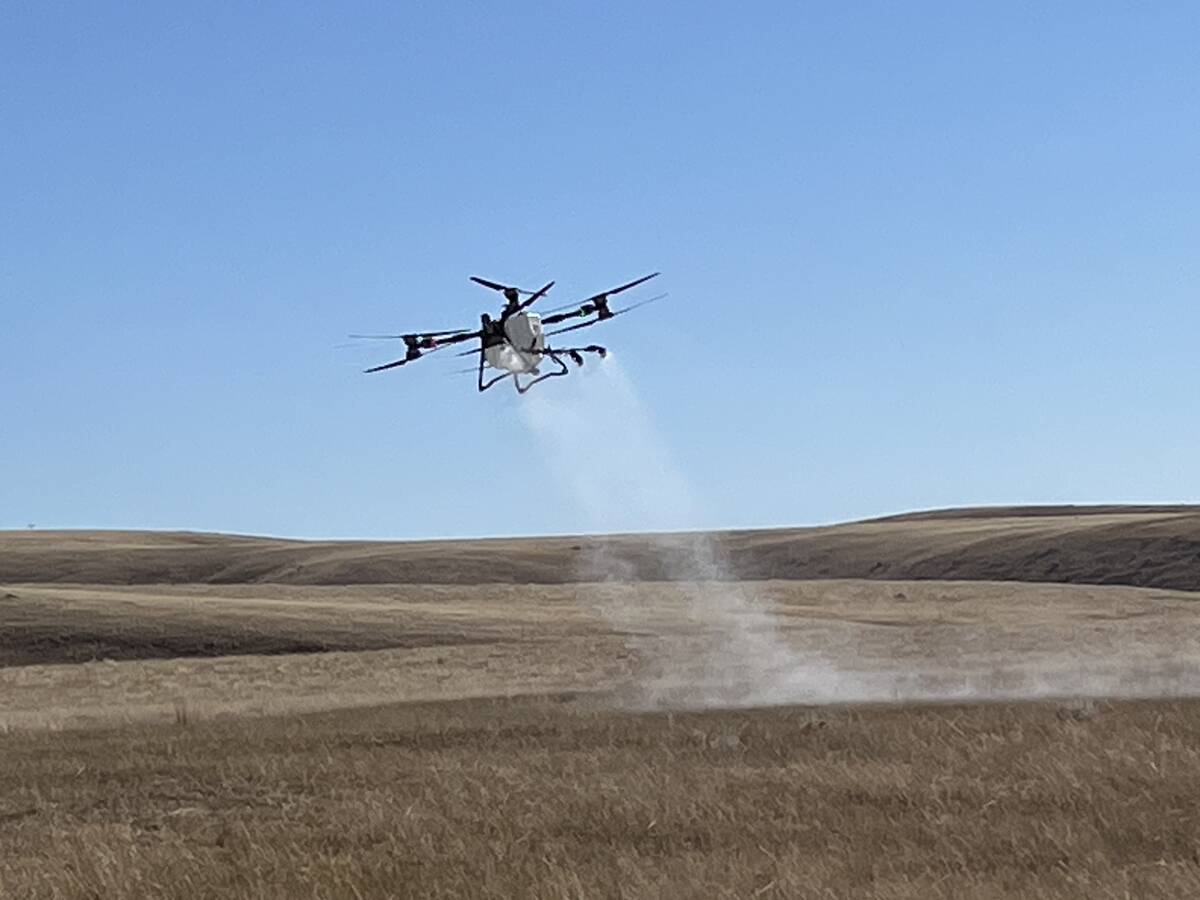
Sky Drones conducts demonstrations similar to what it did at Riverview Ranch during the Innovation on the Range field day.
“We want (producers) to actually use it and make their money back year after year from each drone. There’s not much point in us selling them if people don’t use them and understand how they work.”
Non-recreational drones can be a pricey proposition, but funding is available for agriculture producers through the On-Farm Efficiency Program, said Sonja Shank, program co-ordinator for the Agricultural Research and Extension Council of Alberta.
It is a 50-50 cost share up to $150,000.
Along with drones used for secondary purposes such as agriculture, the program also covers cameras in imaging/mapping drones and the first year of subscription fees for technology.
According to the Alberta government’s web page for the program, applications for the program are closed for 2025 and will re-open in April .
“Keep these things in mind when you go into the fall and start planning,” Shank said.
“There are a lot of these little funding pieces out there that not everybody knows about. And if you’re in the know, you’re in the know.”
Innovation on the Range was organized by the Chinook Applied Research Association.

